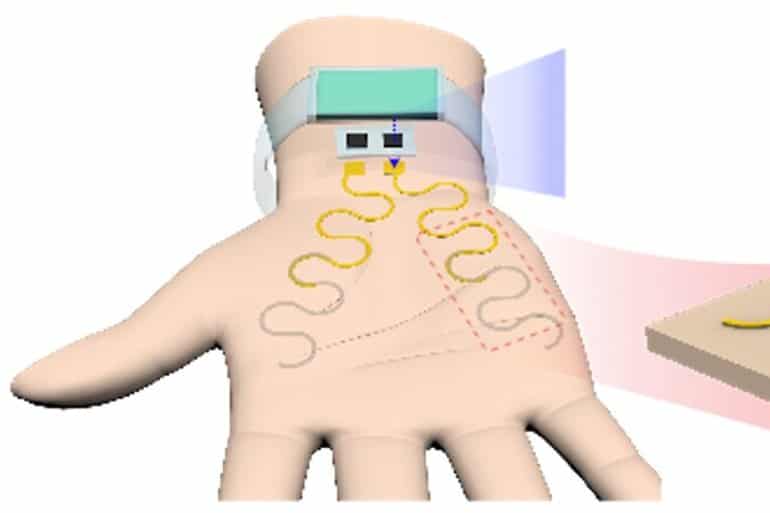
Neuroscience can involve research from many branches of science including those involving neurology, brain science, neurobiology, psychology, computer science, artificial intelligence, statistics, prosthetics, neuroimaging, engineering, medicine, physics, mathematics, pharmacology, electrophysiology, biology, robotics and technology.
– These articles focus mainly on neurology research.– Neurology research can include information involving brain research, neurological disorders, medicine, brain cancer, peripheral nervous systems, central nervous systems, nerve damage, brain tumors, seizures, neurosurgery, electrophysiology, BMI, brain injuries, paralysis and spinal cord treatments.
Genetics articles related to neuroscience research will be listed here.Summary: A newly developed “e-tattoo” monitors electrodermal activity, revealing when a person is experiencing elevated stress levels.Researchers at The University of Texas at Austin and Texas A&M University have applied emerging electronic tattoo (e-tattoo) technology to this type of monitoring, known as electrodermal activity or EDA sensing.Current palm monitoring tech uses bulky electrodes that fall off and are very visible, or EDA sensors applied to other parts of the body, which gives a less accurate reading.“Graphene e-tattoos for unobstructive ambulatory electrodermal activity sensing on the palm enabled by heterogeneous serpentine ribbons” by Hongwoo Jang et al.
Graphene e-tattoos for unobstructive ambulatory electrodermal activity sensing on the palm enabled by heterogeneous serpentine ribbons.Our previous invention of sub-micron-thin imperceptible graphene e-tattoos (GET) is ideal for unobstructive EDA sensing on the palm
To minimize the well-known strain concentration at their interfaces, we propose heterogeneous serpentine ribbons (HSPR), which refer to a GET serpentine partially overlapping with a gold serpentine without added adhesiveThe combination of HSPR and a soft interlayer between the GET and an EDA wristband enabled ambulatory EDA monitoring on the palm in free-living conditions